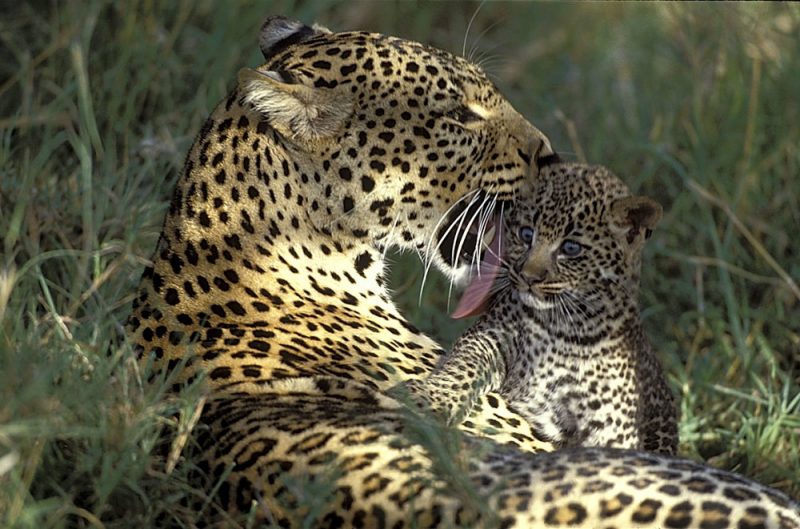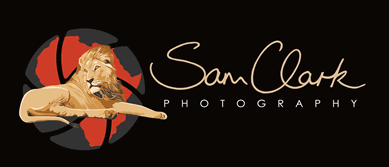The Maasai Mara of Kenya is perhaps one of the greatest places in Africa for spotting big wildlife. Not only does it host the “Great Migration” of 1.5 million wildebeest and 1 million zebras, but it also has terrific populations of giraffe, elephant, lion, leopard, and virtually every other species of plains game Africa has to offer. Therefore, if you are planning for wildlife photography in Kenya you can contact Eco Tours Kenya that can easily organize for you all this experience in Maasai Mara and other Kenya safari parks.
Use Zoom Compression to Photograph Big Landscapes
The vast expanses of the savanna ecosystem make it somewhat challenging to really showcase the dramatic scenery. And this is particularly pronounced at sunset and sunrise times, when acacia trees can get lost in the expanse. To abate this, take out your zoom telephoto, or zoom in on your iPhone or camera to find trees in the distance and take a “compressed” landscape shot. This will make the sky bigger, clouds more dramatic, and the sun bigger as well. This is a common technique when photographing big landscapes.
Pay attention to your white balance settings
White balance can be finicky. With “auto white balance”, or AWB as it’s sometimes labeled on cameras, your camera gets it right at least half the time…maybe more. But what that means is that it doesn’t get it right all the time. While you can change white balance when shooting RAW fairly easily, it still doesn’t replace the need to try and match what your eye sees in the moment to what your camera is actually capturing.
recommend lenses in the range of 200-400mm for wildlife photography while those wishing to take close ups (like of insects), landscapes or shots of animals in their environment should if possible, also bring wide angle lenses in the range of 24-100mm.
Experiment with different shutter speeds
The first thing most people think of when it comes to shutter speeds and safari wildlife is to freeze motion. This of course is key for certain types of photos, don’t limit yourself. Slow shutter photos are indeed more challenging to capture, and the right moment doesn’t present itself nearly as often, but as you can see from the phenomenal photo above by Douglas Croft, it can be sensational when it all works out.
In order to get a mix of blurred motion of the animal, with relatively sharp background, you’ll need to set your camera to something around a 1/10th or 1/20th shutter speed. Anything slower and the entire scene will be blurred.
A digital Single Lens Reflex is usually the best camera to bring, but any modern digital camera is capable of taking excellent photos of wildlife and you do not need to buy the most expensive camera in order to take good pictures of your safari.



Leave A Comment